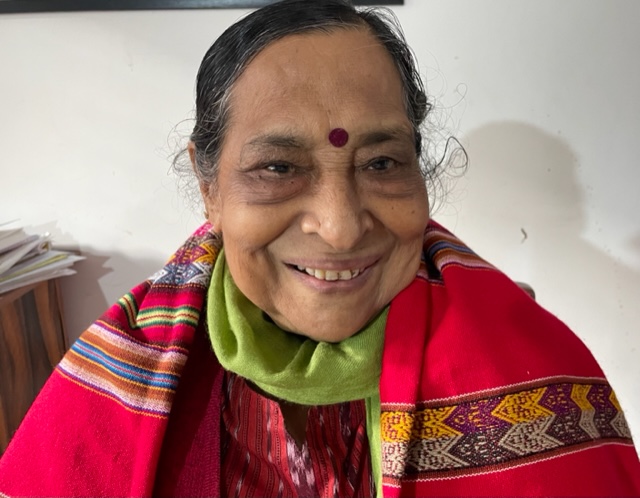ADD THESE DATES TO YOUR E-DIARY OR GOOGLE CALENDAR
This site is part of the Siconnects Division of Sciinov Group
This site is operated by a business or businesses owned by Sciinov Group and all copyright resides with them.
ADD THESE DATES TO YOUR E-DIARY OR GOOGLE CALENDAR

Institute of Social Sciences, India
Title:The unsung heroes of climate-change: Women at the Grassroots
In the history of civilization, women in the agrarian, forest and water economy as well as in cultural arenas are the symbols who protect the Mother Earth and try to minimize the impact of climate change. This was what the Chipko (Hugging the trees) Movement in Uttaranchal (India) on the Himalayan foothills showed us in the 1970s . In fact, that movement shaped the history of environmental discourse in contemporary India.
Chipko was the first eco-feminist and eco-socialist mass movement with enduring significance for many reasons. Firstly, women in the forest areas are generally the primary actors responsible for the management of forest and all commons of the village. As the backbone of the agrarian economy, women knew that they were directly affected by the environmental degradation. Secondly, the forest is the major source of the livelihood for the villagers. Its customary use and its regeneration are built into the local people’s lives and culture. So when the loggers came to cut the trees for the use of railway tracks, paper mills etc., the women came out in large numbers to save the trees. Leaders like Gaura Devi, Meera Behn, and Amrita Devi, many children and young people accompanying them came together, and hugged the trees. Thirdly, this new form of resistance – people hugging the trees and clinging to them became the widespread weapon of the unarmed people to assert their right to save the forest.
When the police came and asked them to vacate the forest, they showed the lanterns during the day. When the police asked as to why they were showing the light they replied that the forest is the light of our lives. If the forest go, we and Mother Earth will be destroyed.
Even before the Chipko movement, Amrita Devi from Rajasthan hugged the date tree to protect the underground water and to ensure fruits for the village.
The message of the Chipko movement – the perspective and strategy of saving the forest and protecting the environment – spread to other parts of India in succeeding years. In fact it spread into other countries as well. It demonstrated that women were the main protectors of nature. Therefore, they advocate promotion of that kind of economic development such as agro-industry which preserve the environment and thereby driving the process of sustainable economic development. Women have specialized knowledge of trees and medicinal values of different roots. They grow up grasping the biological diversity, sustainable management and conservation practices. In a nutshell, one might say that those rural women who became unsung heroes were the real eco-feminists. In the present day when there is a severe climate crisis, we must recall their contributions.
Bidyut Mohanty, Ph. D (Delhi), is Head, Women’s Studies Department at the Institute of Social Sciences (ISS) in New Delhi. She has been a Visiting Professor in the Global and International Studies program at UC Santa Barbara and is a fellow of the Orfalea Center for Global & International Studies at UCSB. She is the coordinator of ISS and UNDP project on Capacity Building of Elected Women Leaders in Local Government in India and also of the project sponsored by the National Commission on Protection of Child Rights and has coordinated several projects on HIV and AIDS and the role of Panchayats, trafficking and local government’s new role, as well as the project "Total Sanitation Scenario: a Reality Check." These projects were sponsored by UNIFEM (UNWOMEN), UN AIDS and FINISH (through the ISS), respectively. As series coordinator of the program of the National Women’s Political Empowerment Day Celebrations, Dr. Mohanty is also a specialist on famine, agrarian history, and decentralization studies with a focus on gender, culture and development. She combines grassroots activism with participatory research.